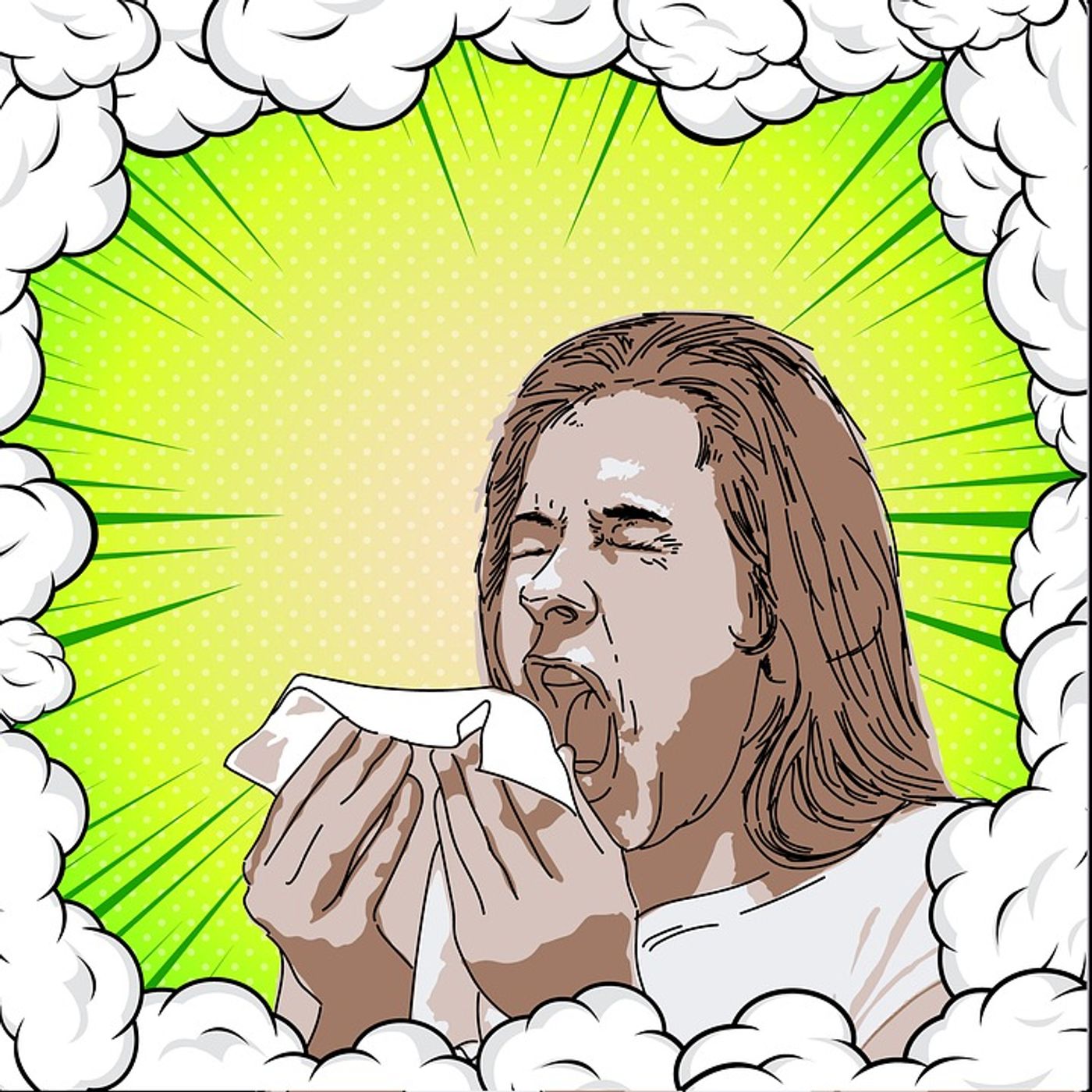Is six feet apart enough?
Life from six feet apart might not be far enough, reports a new study on the transport of fluids and particles in the journal Physics of Fluids, from AIP Publishing. The research says that fluids coming from our respiratory tracts when we cough, sneeze, speak or breathe travel through the air to unexpected distances even at light winds: a slight breeze of 4 kilometers per hour can transport saliva 18 feet in 5 seconds.
"The droplet cloud will affect both adults and children of different heights," said researcher Dimitris Drikakis. "Shorter adults and children could be at higher risk if they are located within the trajectory of the traveling saliva droplets."
Drikakis and his colleague Talib Dbouk developed a computational fluid dynamics simulation to study how saliva moves in the air under different scenarios. They wanted to see how saliva droplets from a cough could be influenced by several factors, including humidity, dispersion forces, interactions of molecules of saliva and air, and how the droplets change from liquid to vapor and evaporate.
In their simulation, they analyzed partial differential equations on 1,008 saliva droplets to determine how these factors affect the dispersion of saliva. "Each cell holds information about variables like pressure, fluid velocity, temperature, droplet mass, droplet position, etc.," Dbouk said. "The purpose of the mathematical modeling and simulation is to take into account all the real coupling or interaction mechanisms that may take place between the main bulk fluid flow and the saliva droplets, and between the saliva droplets themselves."
This information is crucial in determining how our lives look right now. Drikakis commented: "This work is vital, because it concerns health and safety distance guidelines, advances the understanding of spreading and transmission of airborne diseases, and helps form precautionary measures based on scientific results.”
Drikakis and Dbouk say there is much more work to be done in order to understand the physics behind particle dispersion under all the various scenarios that humans may find themselves in. They hope to continue studying how ground surface temperature impacts saliva in the air as well as consider how indoor environments might differ.
Sources: Physics of Fluids, Eureka Alert









